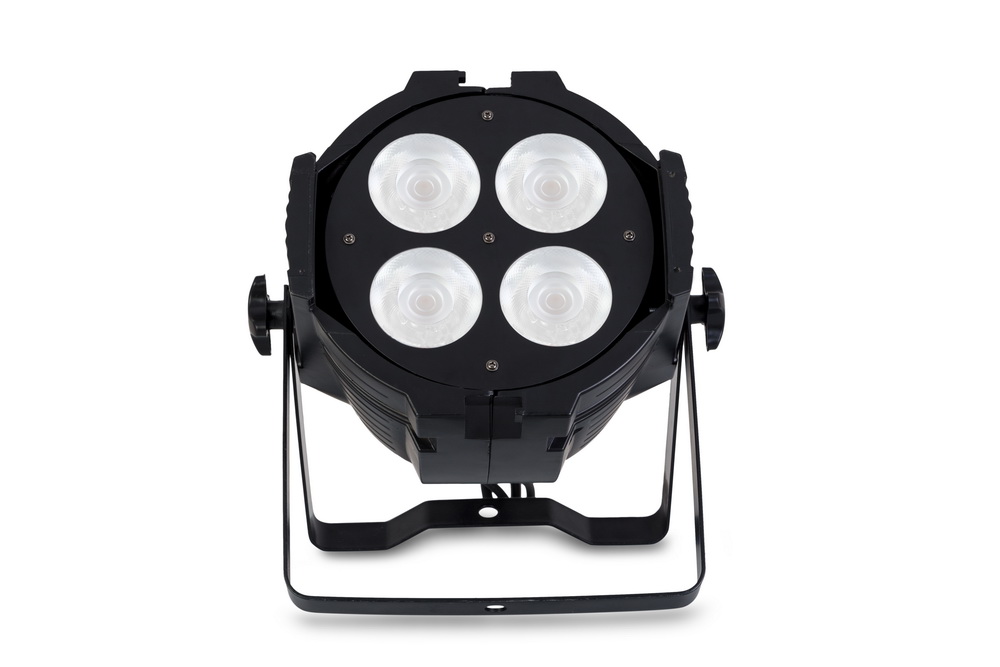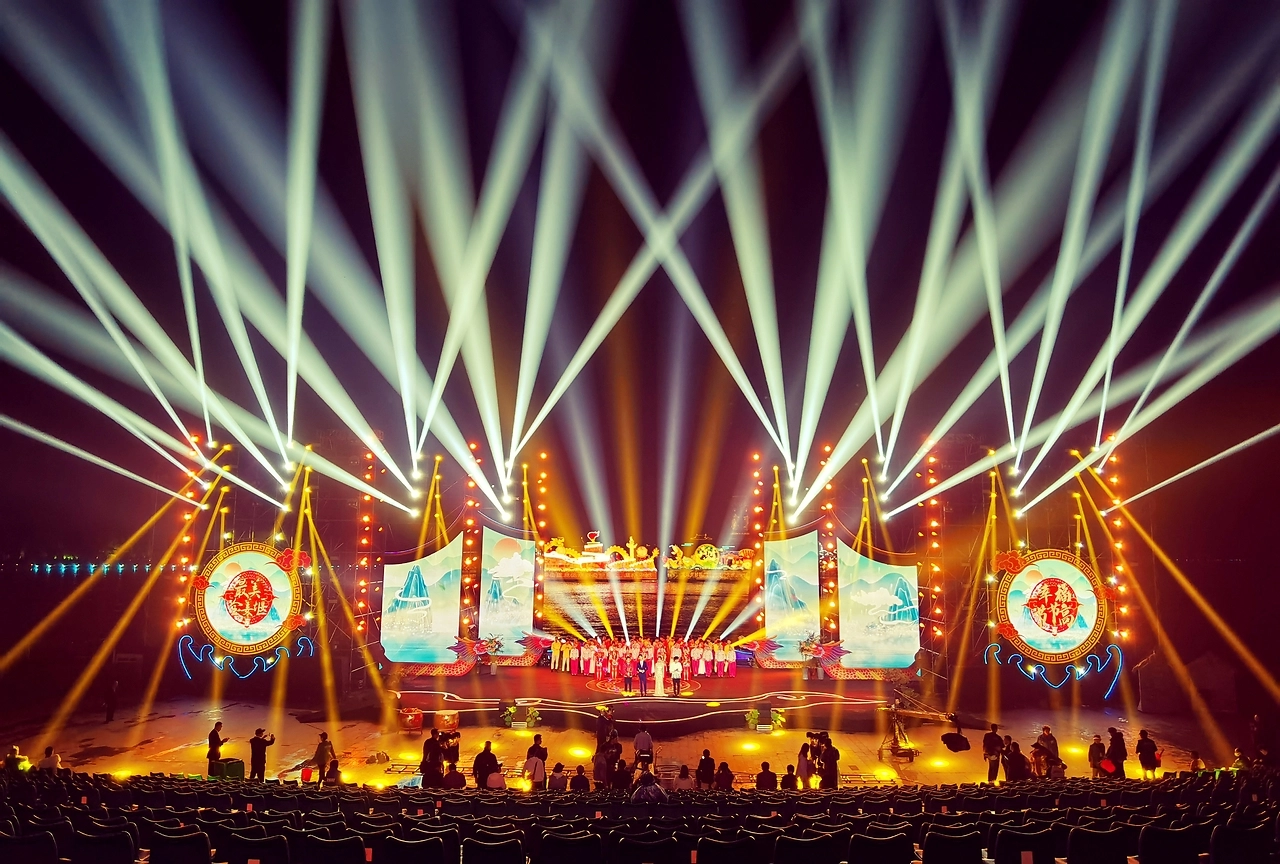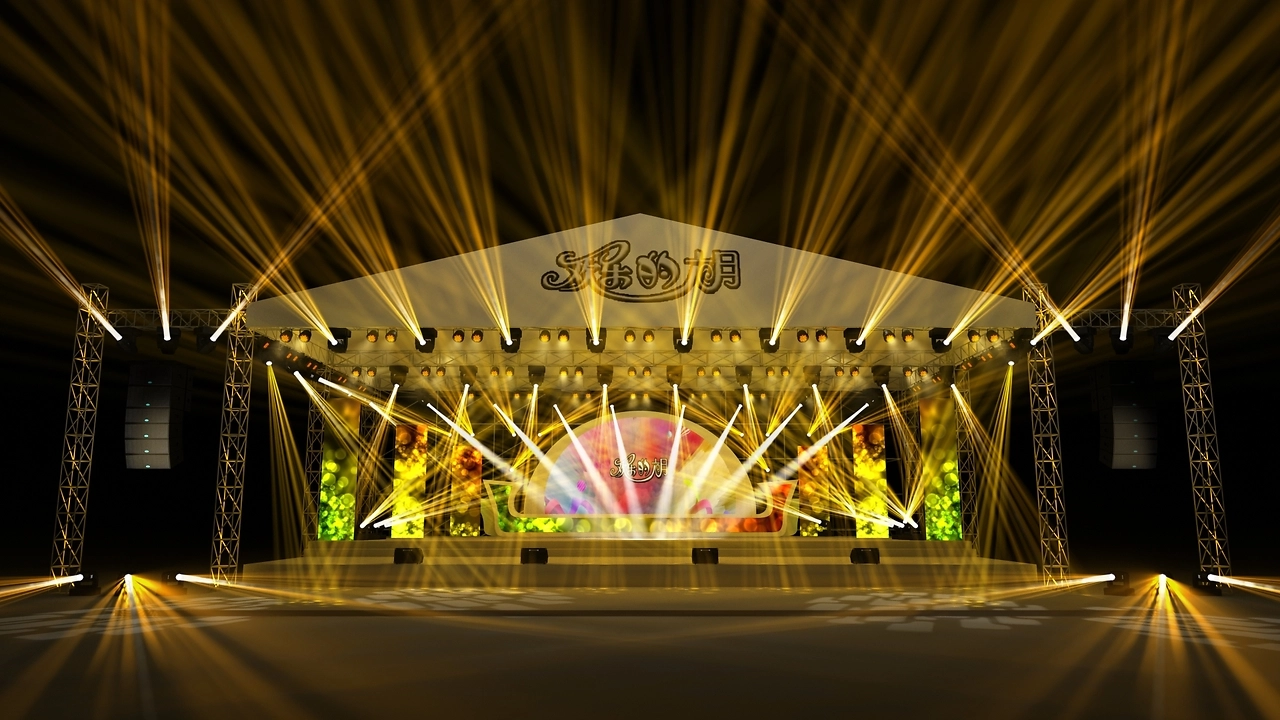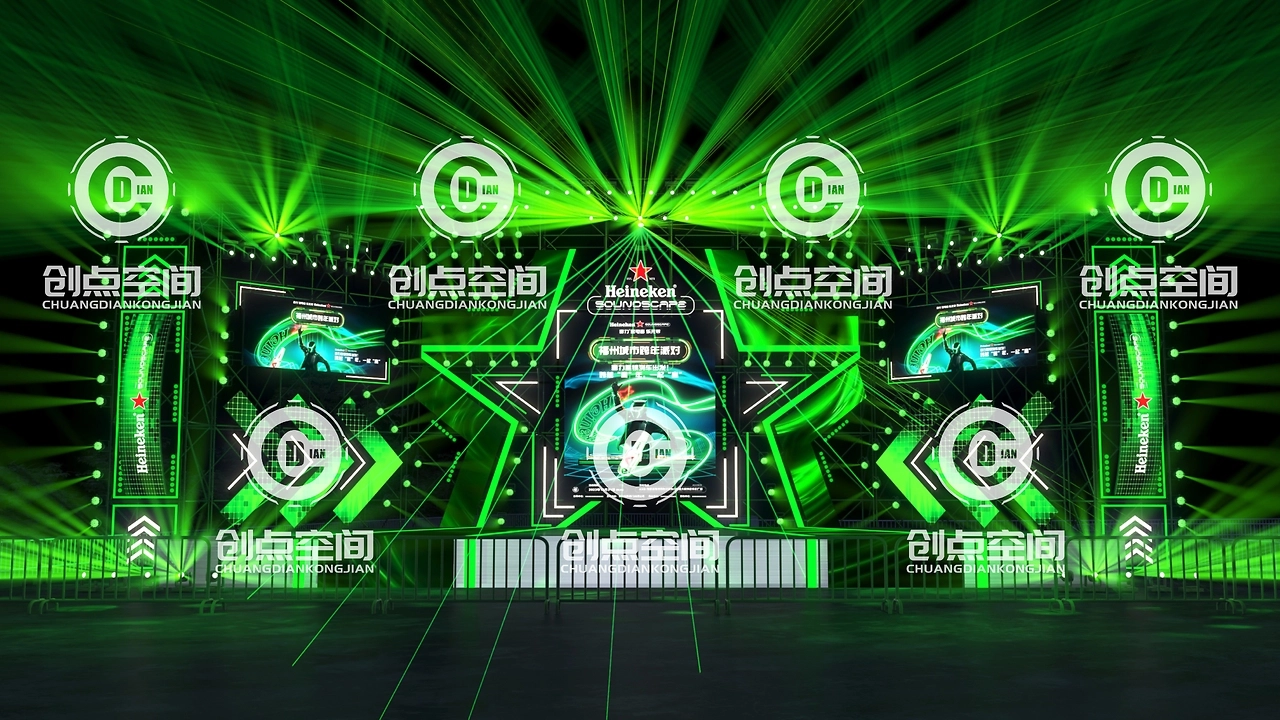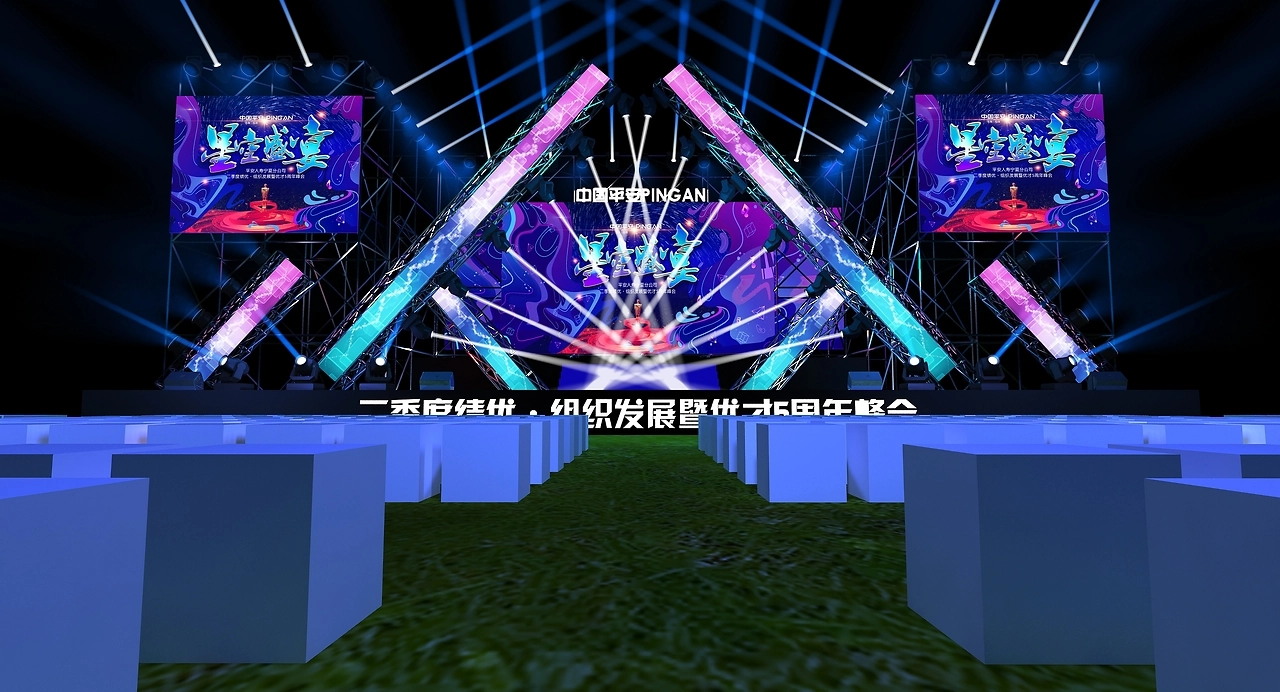The Stage Lighting Design major is a traditional major in the Drama Academy, and many of its graduates will enter major theater troupes with corresponding majors, while some will enter television stations. The latter type of students must go through the process of re exploring and learning in the field of television lighting after entering the television station. This article intends to explore the differences between television lighting design and stage lighting design, hoping to be helpful to peers studying lighting design in drama schools, as well as inspiring peers who are interested in transitioning from drama stage to television station work. Drama stage art is a comprehensive category that covers techniques and arts such as screenwriting, directing, stage, lighting, costume and makeup, sound, etc. Stage lighting design is mainly aimed at the lighting design of theatrical stage performances. Television art is a comprehensive art category that integrates directing, stage, lighting, sound, costume and makeup, editing, filming, and other technologies and arts. Television lighting design is mainly aimed at stage performances, studio program recording, and outdoor program recording in large studios.
The audience that stage lighting design faces is the live audience during theatrical performances; And the audience corresponding to TV lighting design is mainly the audience in front of the TV, in addition to the live audience. Some TV programs even have no audience on site, and the recording of the program is only for TV broadcasting services. This is a very important difference. Therefore, as a TV lighting designer, in many cases, it is not only important to consider the audience on site, but also to take into account the effect of the TV screen after broadcasting.
Stage lighting is mainly reflected directly in people's eyes; TV lighting is more importantly reflected through the TV image, and for TV lighting, the camera is an important device. The theatrical stage uses the human eye as the frame of view, while television recording uses the camera as the frame of view, which is a difference in perspective. Stage performance is where the human eye perceives the stage, and the individual's perspective is *; When recording TV programs, the camera observes the stage from multiple positions and perspectives. Television images are captured by cameras, where the camera and cameraman reflect the lighting, and then the director selects and edits multiple perspectives of the images, presenting them to the audience through the transmission of television signals. This is a big difference between stage performances and television screens. The many differences discussed in this article are often the characteristics highlighted by television lighting to adapt to the camera's shooting requirements.
2. Characteristics of TV lighting and stage lighting
Whatsapp:+86 134 1860 8878
2.1 Illumination requirements
The visual range of the human eye is relatively large, that is, the range of brightness that can be perceived is relatively large. Whether it is bright sunlight or dim moonlight, the human eye can see objects and distinguish details through the free adjustment of the pupil. For the stage lighting seen by the human eye, the brightness of the stage and scenery only needs to be visually comfortable for the audience.
The camera adapts to changes in brightness and darkness by adjusting the aperture of the lens and the sensitivity of the internal CCD sensor. When the studio illumination is low, the camera can open a large aperture, and when the illumination is high, it can open a small aperture. But the size of the aperture can affect the effect and quality of the image, such as the virtual real effect of depth of field, the clarity of the image, and so on. When the camera aperture is turned to *, the halo will be more prominent; If the aperture of the camera is too small, the diffraction phenomenon will reduce the clarity of the image. So, as a TV lighting designer, it is important to maintain a relatively appropriate level of illumination at the recording site so that the camera can determine a suitable aperture opening to ensure the quality of the captured image. Neither should the illumination be too low, forcing the camera to open to * aperture; The illumination should not be too high, forcing the camera to turn to a small aperture, as this will affect the quality of the TV image. Meanwhile, it should be noted that different cameras have varying sensitivities and different requirements for illumination. The illumination of studio lighting is to ensure that the camera can be adjusted to the appropriate aperture to obtain clear images.
Whatsapp:+86 134 1860 8878
2.2 Light ratio requirements
Whatsapp:+86 134 1860 8878
Light ratio refers to the ratio of brightness values between light and darkness formed by the projection of light onto a scene. By applying different light ratio shapes to the scene, different artistic effects can be presented. A high light ratio results in strong contrast and visual impact; The light ratio is small and the contrast is soft, which can give people a sense of comfort. The use of stage lighting for light ratio is rich and flexible, as long as it satisfies the audience's visual needs, the degree of freedom is very high. Many strong dramatic effects are achieved through the stark contrast between the bright and dark. Television lighting, on the other hand, has limited contrast allowed by cameras. In TV lighting, the intensity of illumination can be compensated for within a certain range by adjusting the aperture of the camera, but the light ratio of the illuminated object cannot be adjusted by the camera. It should be said that the light ratio is relatively objective, and the camera cannot adjust the light ratio of the illuminated object from 2:1 to 3:1. If the light ratio of the object being photographed is too high and exceeds the allowable range of the camera, at this time, if the camera adjusts the aperture based on the bright part of the object being photographed to reflect the details of the bright part, the dark part may become black and paste into a ball; If the camera adjusts the aperture based on the dark part, the dark part can reflect the level, but the bright part may be exposed as a white patch. These are all unsatisfactory visual effects that directors cannot adopt.
